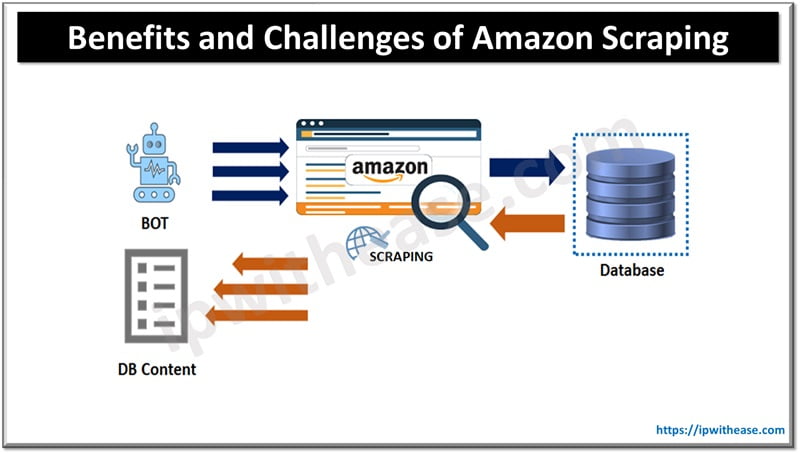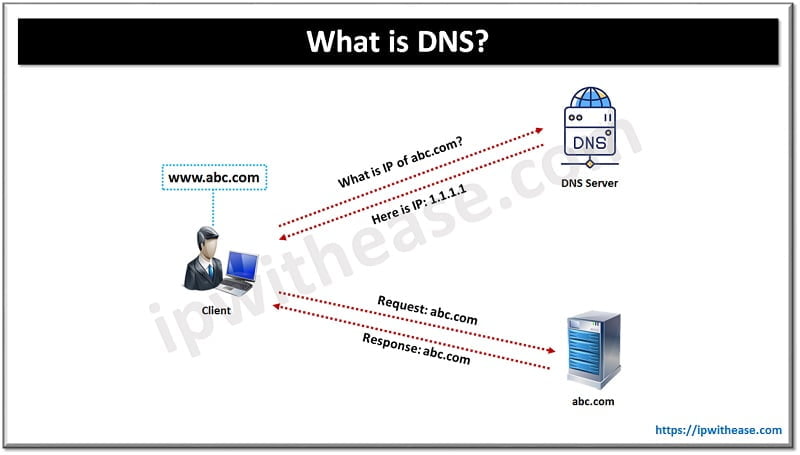Table of Contents
The cloud is becoming increasingly popular by the day, with good reason. It offers many advantages over traditional software models. But with this newfound popularity comes new risks, which is why it’s important to know about SaaS security solutions.
In this blog post, we’ll discuss what SaaS security solutions are, how they work, and when you might want to use them. Top 10 SaaS security solutions will also be mentioned. We’ll also take a look at some of the common vulnerabilities found by these solutions and the threats they help protect against. By the end of this post, you’ll have a good understanding of what SaaS security solutions are and when you should consider using them in your business.
SaaS Security Solutions- The Detailed Definition
SaaS security solutions are a type of software that helps protect businesses from risks associated with cloud-based software. These solutions typically work by monitoring and managing access to SaaS applications, as well as providing data security and compliance features.
There are many various sorts of SaaS security solutions each with its own set of functions. However, most SaaS security solutions offer some combination of the following:
- User management and control: This includes features like single sign-on (SSO) and role-based access control (RBAC). These help businesses manage who has access to their SaaS applications and what they can do within those applications.
- Data security: This may include encryption, data loss prevention (DLP)backup, and activity monitoring. This collection of characteristics aids organizations in maintaining their data secure from unauthorized access or theft.
- Compliance: It’s possible that your company will require special-purpose legal counsel, expert witnesses, or even a law firm to assist with regulatory compliance. For example, HIPAA and PCI DSS are industry standards that must be met by certain types of software. A lawyer might negotiate contracts for services related to legal advice.
- Two-factor authentication: Two-factor authentication adds an extra layer of security by requiring users to provide two pieces of information, such as a password and a code sent to their mobile phone, in order to log in.
- Access control: Access control helps to restrict access to data and functionality based on user roles.
Top 10 SaaS Security Solutions
SaaS security solutions can provide a variety of useful capabilities to help businesses protect their data and adhere to industry regulations. The top 10 SaaS security solutions are:
- Astra Security
- Symantec
- McAfee
- Trend Micro
- Cisco
- Fortinet
- Palo Alto Networks
- Websense
- Barracuda Networks
- F-Secure
When to Use SaaS Security Solutions?
Businesses should consider using a SaaS security solution if they rely on cloud-based software for any critical business functions. This is where cloud-based data backup software and compliance solutions come in. They may assist organizations to safeguard their data and adhere to industry norms.
Additionally, businesses should consider using a SaaS security solution if they have concerns about the security of their existing SaaS applications. These solutions can help businesses mitigate the risks associated with using SaaS applications.
Common Vulnerabilities Found by SaaS Security Solutions
The most common vulnerabilities found by SaaS security solutions are:
- Insecure APIs: Many SaaS applications expose APIs that can be used to access data and perform actions within the application. These APIs are often not properly secured, which can allow unauthorized access to data or functionality.
- Lack of access control: Many SaaS applications do not have proper controls in place to restrict access to data or functionality. This can allow unauthorized users to gain access to sensitive data or perform actions they should not be able to do.
- Insufficient encryption: Many SaaS applications do not encrypt data properly, which can allow unauthorized users to view or modify data.
- Poor activity monitoring: Many SaaS applications do not have proper logging and activity monitoring in place. This can make it difficult to detect or investigate unauthorized access or activity.
Common Threats Seen in SaaS Applications
The most common threats seen in SaaS applications are:
- Data breaches: Unauthorized users may gain access to sensitive data, such as customer records or financial information.
- Malware: Unauthorized users may install malware on a system, which can be used to steal data or damage the system.
- Denial of service: Unauthorized users may clog a system with requests, preventing genuine users from using it.
- Phishing: Unsolicited emails or other communications that appear to be from a reputable source, such as a bank or online store, may be sent by unauthorized persons. These messages may contain links that lead to malicious websites or attachments that install malware on the user’s system.
Conclusion
Businesses should carefully consider their needs and the features offered by different solutions before choosing a SaaS security solution. Finally, businesses should make sure that the solution they choose is compatible with their existing SaaS applications and systems.
Continue Reading:
SaaS vs PaaS vs IaaS: Understand the difference
The Evolution Steps of Core Technologies: Moving from On-premise to SaaS
ABOUT THE AUTHOR
IPwithease is aimed at sharing knowledge across varied domains like Network, Security, Virtualization, Software, Wireless, etc.



